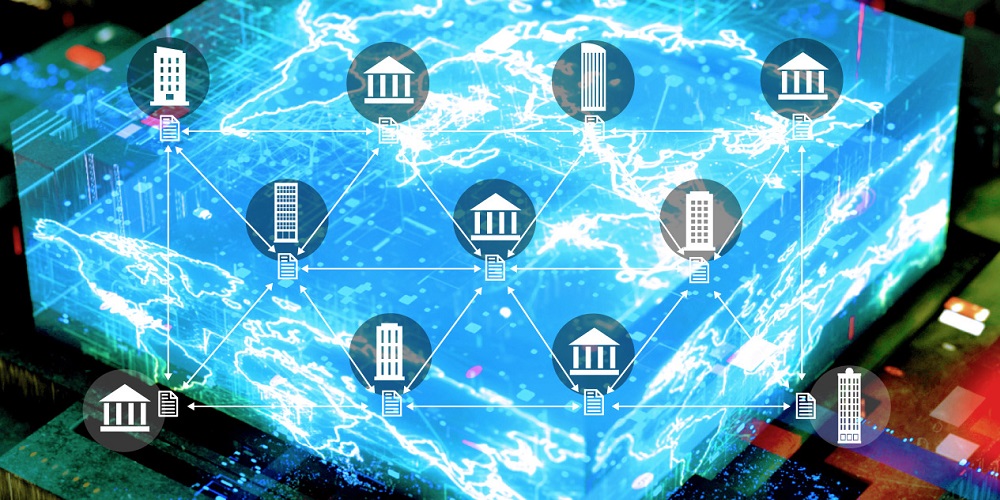
The Federal Reserve Bank of New York’s New York Innovation Center (NYIC), in collaboration with members of the U.S. financial services sector, published the findings of a proof of concept (PoC) that explored the feasibility of an interoperable network for wholesale payments operating on a shared multi-entity distributed ledger.
The research project, undertaken jointly with private sector organizations, experimented with the concept of a regulated liability network (RLN), a theoretical payment infrastructure designed to support the exchange and settlement of regulated digital assets.
While existing payment systems function effectively, certain frictions remain, particularly around speed, cost, accessibility, and the settlement process. This proof of concept explored the feasibility of distributed ledger technology in support of safe and efficient payments.
The study was spearheaded by a collaborative working group leading three workstreams that analyzed the technical feasibility, business applicability, and legal viability of using shared ledger technology to settle the liabilities of regulated financial institutions through the transfer of central bank money. The experiment was conducted in a test environment and used only simulated data. All simulated liabilities were denominated in U.S. dollars (USD).
The PoC experimented with the following use cases:
Domestic Interbank Payments: This use case simulated USD wholesale payments between commercial banks and was intended to prove the core functionality of the theoretical payment system. Transactions were conducted in commercial bank deposit tokens and settled using a theoretical wholesale central bank digital currency (wCBDC), a tokenized record of a central bank deposit liability.
Cross-Border Payments in USD: This use case focused on cross-border USD wholesale payments and explored the potential of the concept to enhance the experience of global users of USD as an international trade and settlement currency.
The experiment successfully simulated both the domestic and cross-border scenarios, identifying shared ledger technology as a potential solution to support payment innovation.
„From a central banking perspective, the proof of concept was conducive to exploring tokenized regulated deposits and understanding the potential functional benefits of central bank and commercial bank digital money operating together on a shared ledger,” said Per von Zelowitz, Director of the New York Innovation Center.
Proof-of-Concept Key Findings
Technical: The technical workstream validated that the proposed architecture was able to deliver the benefits of settlement finality, a common source of truth, standard transaction data, and privacy for all participants on the network. The system demonstrated programmability through smart contracts that could enable efficient liquidity management. Including a theoretical wCBDC and commercial bank deposit tokens on the same platform enabled a shared ledger to settle payment transactions simultaneously and in near real-time.
Business: The global economy relies on the U.S. dollar as the international currency of choice for remittances, trade, and financial settlements. The business workstream concluded that the network has the potential to deliver improvements in the processing of wholesale payments due to its ability to synchronize U.S. dollar-denominated payments and facilitate settlement on a near-real time, 24 hours a day, 7 days a week basis. The working group recommended the exploration of the design space including alternative models and technologies that were out of scope of the PoC but could offer similar improvements for wholesale payments and settlements.
Legal: The legal workstream considered the application of certain U.S. rules and regulations to the RLN system as contemplated in the PoC. It found that the use of shared ledger technology, including tokens, to record and update the ownership of central bank and commercial bank deposits should not alter the legal treatment of such deposits. Although further analysis, research, and engagement with regulators would be required before final conclusions can be reached, the legal workstream did not identify any insuperable legal impediments under existing U.S. legal frameworks that would prevent the establishment of an RLN system as contemplated in the PoC.
______________
The NYIC participated in this proof of concept from the perspective of a central bank and payments operator. It did not have any supervisory responsibilities as part of this research effort. The reports do not reflect the views of the Federal Reserve Board, Federal Reserve Bank of New York, or any other component of the Federal Reserve system, including with respect to the Federal Reserve’s legal authority to participate in RLN or any similar arrangement.
The proof-of-concept is not intended to advance any specific policy outcomes, nor is it intended to signal that the Federal Reserve will make any imminent decisions about the appropriateness of issuing a central bank digital currency, or any other product or service, nor indicate how one would necessarily be designed.
Future Research
This study contributes to the collective body of knowledge on the application of new technology to the regulated financial system. The NYIC has not committed to any future phases of work connected to this proof of concept. The findings highlight areas for further research and analysis on potential enhancements to critical payment infrastructures supporting the functioning of the global economy.
Banking 4.0 – „how was the experience for you”
„To be honest I think that Sinaia, your conference, is much better then Davos.”
Many more interesting quotes in the video below: